‘I have no plan to stop performing
surgery anytime soon’
Yoo Myung-chul
Chair Professor in Department of Orthopedic Surgery,
Kyung Hee University School of Medicine
Yoo Myung-chul was the first orthopedic surgeon in Korea to successfully reattach a severed leg (amputated above the knee). He was also the first to achieve the success of finger replantation using a toe. After leaving Kyung Hee Medical Center, where he worked 40 years, he served as the chief of the Korea Foundation for Human Tissue Donation (2012-17) and the Korea Public Tissue Bank (2017-18).
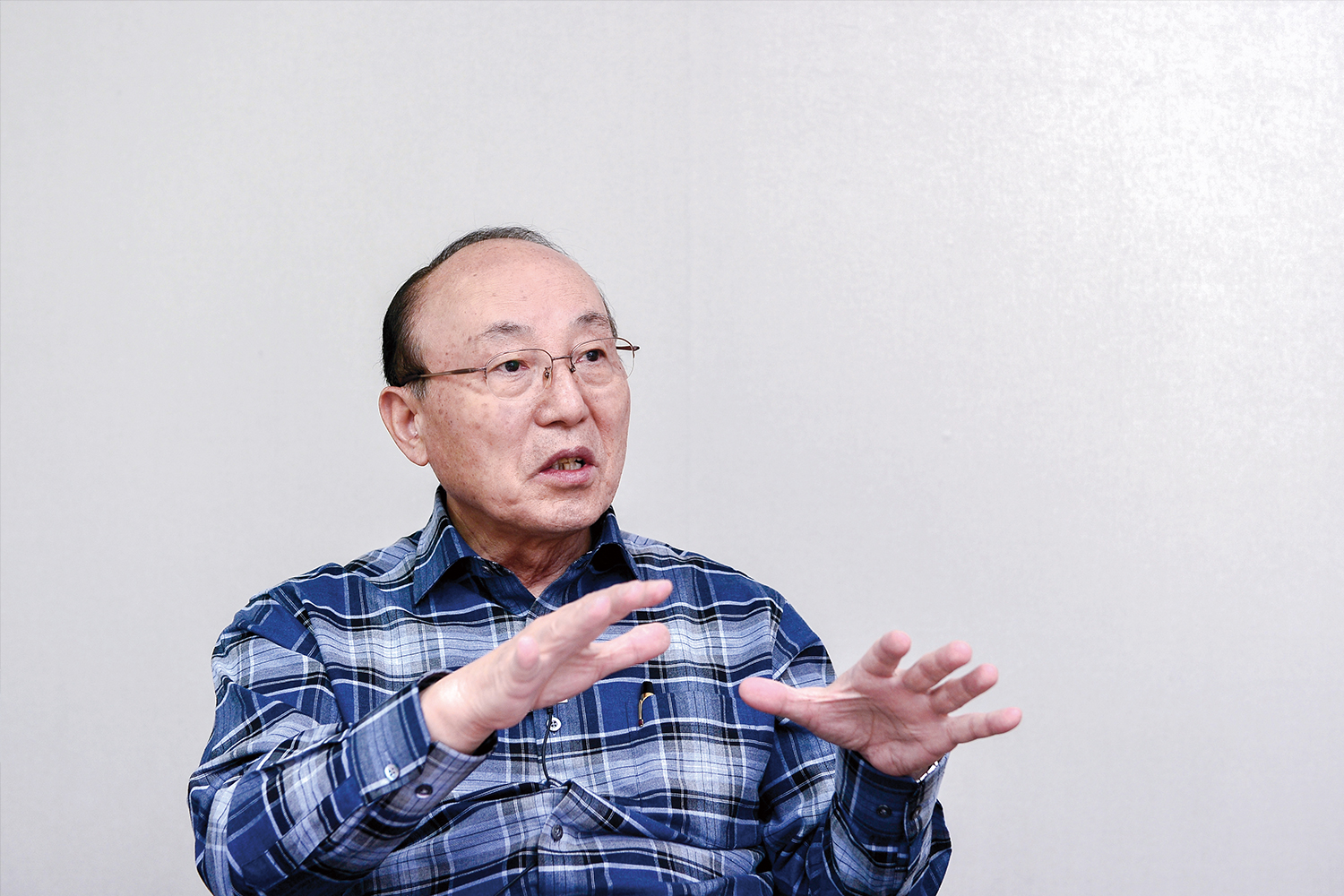
On Feb. 27, 1976, a young man fell on an electric saw at a lumber mill in Seoul. Immediately, he had his left leg severed and blood started gushing from the wound.
His co-workers took him to orthopedic surgeon Yoo Myung-chul, but they thought he would not survive the night. It took eight hours for Yoo’s surgical team to save the young man’s life — and the leg. When Yoo realized that he had successfully performed the first reattachment surgery for an above-knee amputation in Korea, he was only 32 years old. “Since then, I have been doing this all my life,” Yoo, now 71, said. “And I have no plan to stop performing surgery anytime soon.” In the 1970s and 1980s, Korea’s economy was thriving with the rapid development of primary industries. Factories were everywhere, producing goods from shoes to wigs. But there were many tragic accidents. “At that time, very few doctors were capable of performing surgery to reattach body parts,” Yoo said. “So I had many patients from across the country, sometimes all the way from Jeju Island.” Such operations were unimaginable in the early 1970s in Korea. But for Yoo, it was the very reason he decided to become a doctor. “Half of my father’s left hand was severed because of an accident that occurred while he was working as a railway official,” he said. “Looking at his hand was heartbreaking for me. So later I decided to become an orthopedic surgeon, thinking that I would be able to fix his hand someday.” Yoo was the first Korean doctor in the field of bone reattachment surgery. After endless nights of studying and practicing, he eventually attained the necessary skills, which include connecting the blood vessels. It was a groundbreaking accomplishment because, by connecting the blood vessels, severed body parts could recover not only their original shape but also function. From there, Yoo devised more than 20 orthopedic surgical procedures and some were world firsts. “Each capillary is less than 1 millimeter thick,” he said. “When I learned how to connect them, I could cure many injuries. The method enabled me to recover severed body parts fully by allowing blood to run through them.” Previously, in serious cases, patients had to accept the loss of their limbs. For less serious injuries, doctors only used skin grafts, which meant no recovery of function. “Thanks to the new surgery, the dreams of many patients became true,” Yoo said. Chronic osteomyelitis, an infection and inflammation of the bone or bone marrow, was one disease Yoo treated through surgery. “Many people suffered excruciating pain because of osteomyelitis,” he said. In an innovative method, Yoo removed the entire infected bone marrow and filled the space with parts of the greater omentum (a heavily vascularized covering of the large intestine). Thanks to Yoo, more than 500 patients have had a second chance at life over the past 40 years. As Yoo became a household name in medicine, he received job offers from major hospitals, including Samsung Medical Center and Asan Medical Center, which both promised him handsome salaries. However, Yoo stayed at the Kyung Hee University Medical Center. When asked why, he said he just didn’t find any reason to change his workplace. “I thought the place didn’t matter because I would do the same thing wherever I would be,” he said. “It felt totally unnecessary and meaningless for me to move just for more money.”
Spearheading hospital system change
Yoo also made a great contribution to the nation’s medical development by introducing the “specialty system.” “Previously, a handful of doctors were in charge of everything in a hospital, covering all diseases,” he said. “It was possible because there were not many doctors back then. The system was bureaucratic and authoritative. And there were no specialists.” During one of many trips to the United States, Yoo realized that nurturing specialists would be necessary for the future of Korean medical science. “Many high-ranking doctors agreed with my view but were reluctant to adopt the new idea because it meant that they had to share their power,” he said. But as soon as Kyung Hee Medical Center adopted the specialty system, many other hospitals followed suit, and soon it spread around the country. His contribution to Kyung Hee Medical Center as a surgeon, against his will, put him in a director post in 2002. It was and is still common here for the head of a hospital to leave medicine to focus only on administrative work. But Yoo had a different idea. “I did not want to end my career as a director,” he said. “I was concerned that it would be increasingly difficult to get back as a surgeon if I stopped working as one for a while. I became a doctor to give patients hope, and this will continue to be my goal.” Since 1986, Yoo has treated 75,000 patients here and in other countries as a volunteer. He said he believes “respect for life,” “love for others” and “sharing with others” are the most important values for doctors. Another great contribution to the orthopedic field is joint replacement surgery. Yoo has performed about 15,000 hip replacements and is president of the Arthroplasty Society in Asia.
Tissue donation campaign
While working as a surgeon at Chung Hospital in Seongnam after leaving Kyung Hee Medical Center in 2014, Yoo recently raised awareness of the importance of tissue donation. Human tissue is used in scientific and medical research to improve the understanding of how diseases start and progress, and what keeps people healthy. Researchers may find different ways of diagnosing diseases or developing new treatments and as a result more lives could be saved, Yoo said. He is also chairman of the Korea Foundation for Human Tissue Donation, an organization under the Ministry of Health and Welfare. For now, only five people out of 1 million donate tissue in Korea, which is far less than the rate of 133 in the U.S., 59 in Spain and 30 in France. “The deficiency causes the country great cost and problems in medical care for people who need tissue transplantation,” Yoo said. “I hope more people will learn that they can save other people’s lives with what they already have.”

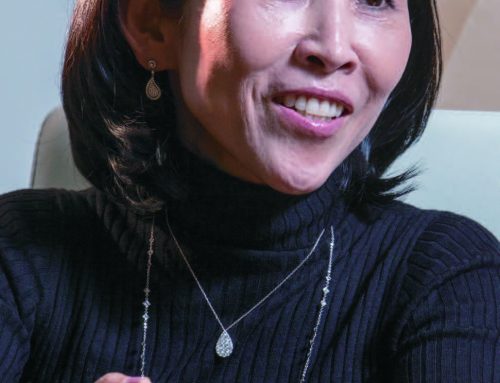
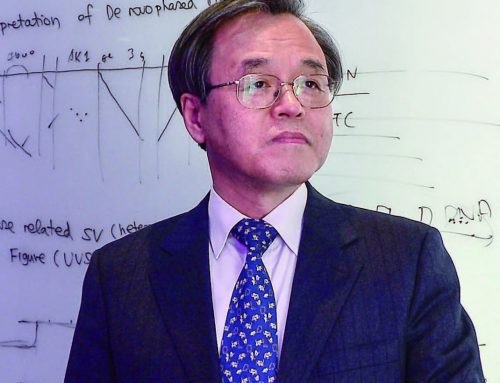
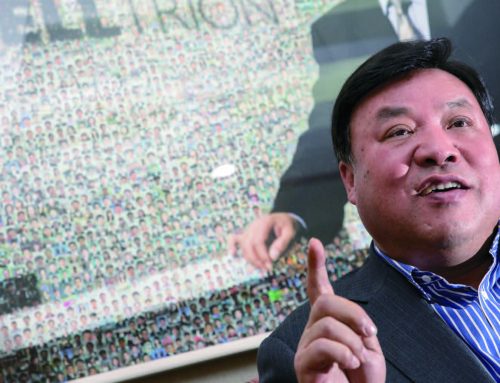
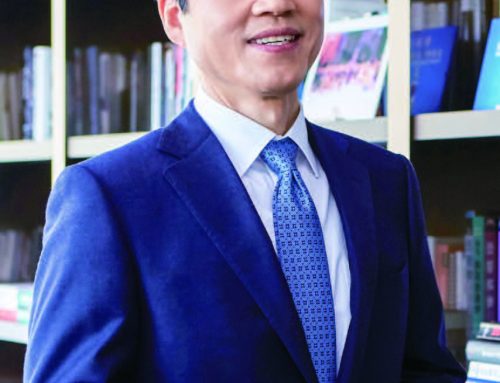
댓글을 남겨주세요